When it comes to safety glass, architects and designers today typically specify two options: tempered glass and laminated glass.
These glass products are all known for providing proven protection, and they all have their own advantages when it comes to safety.
Tempered glass is about four to five times stronger than standard float glass. Its heat is also stronger. Compared with float glass, when the tempered glass is broken, it will be broken into small obtuse particles as a whole, which will not cause harm to the human body, while the float glass is sharp and easy to hurt, and the tempered glass is safe, which is why most people choose tempered glass. But remember that once a piece of glass has gone through the tempering process, it cannot be cut or drilled again without shattering.
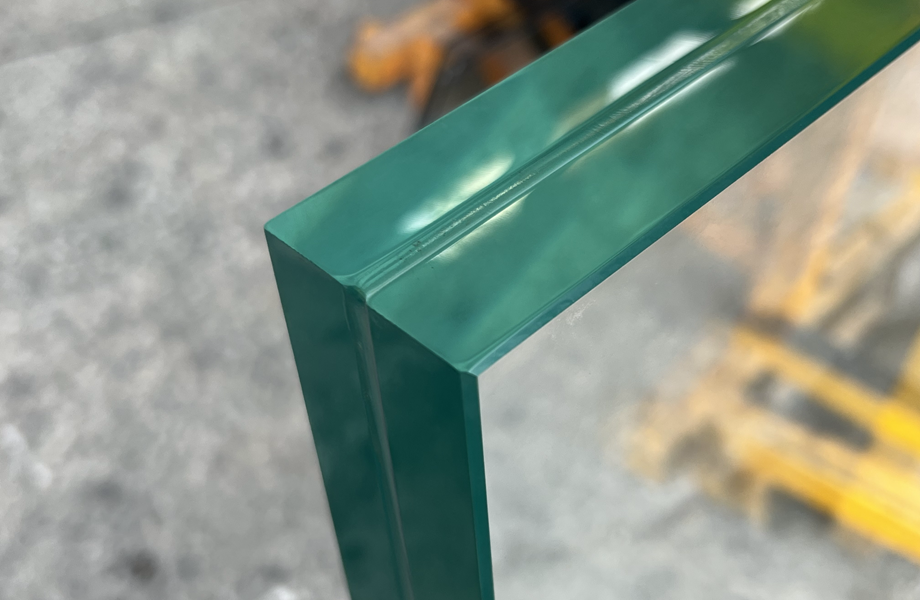
Laminated glass as safety glass, will not produce sharp fragments after being broken by impact due to the bonding effect of the PVB film sandwiched between two ordinary glass. This effectively prevents the occurrence of debris puncture and penetration and falls, and ensures personal safety. The middle film of the laminated glass has a barrier effect on the ultraviolet light and has a heat insulation effect.
Tempered glass is usually specified before laminated glass because it is a more affordable product. However, in many applications, laminated glass should be the first choice.
Shop Windows and Exterior Glass Doors
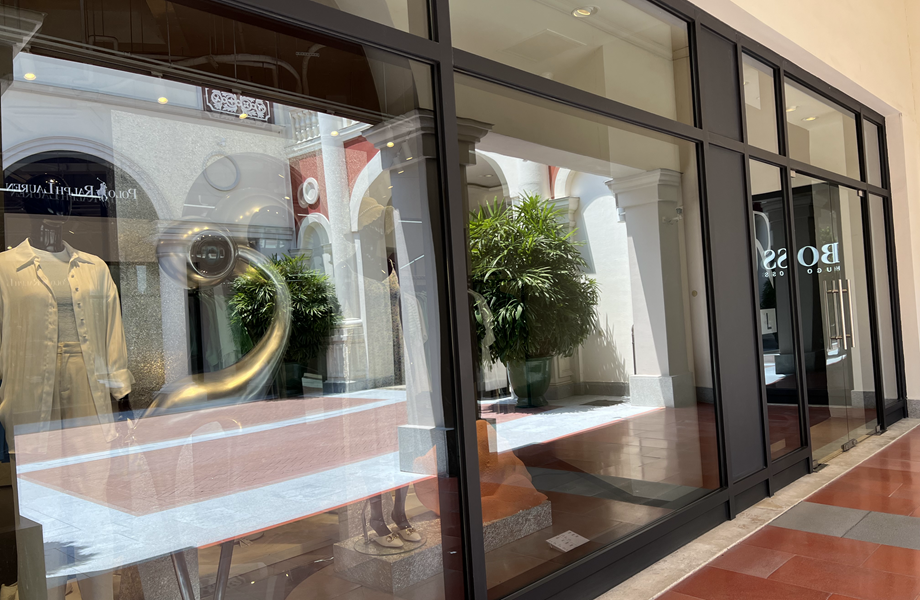
All glass, either fully or partially below the 800 mm threshold (or below 1500 mm in or around the doorway), must be safety glass.
For commercial properties, such as shops or offices, left uninhabited at night, it is usually best to specify laminated glass for any exterior windows or doors whose glass is below these thresholds.
Specifying laminated glass will ensure that if the window is broken, the glass will remain fixed in the glazing system and your building will remain secure until the glass can be replaced.
Overhead Glazing Glass
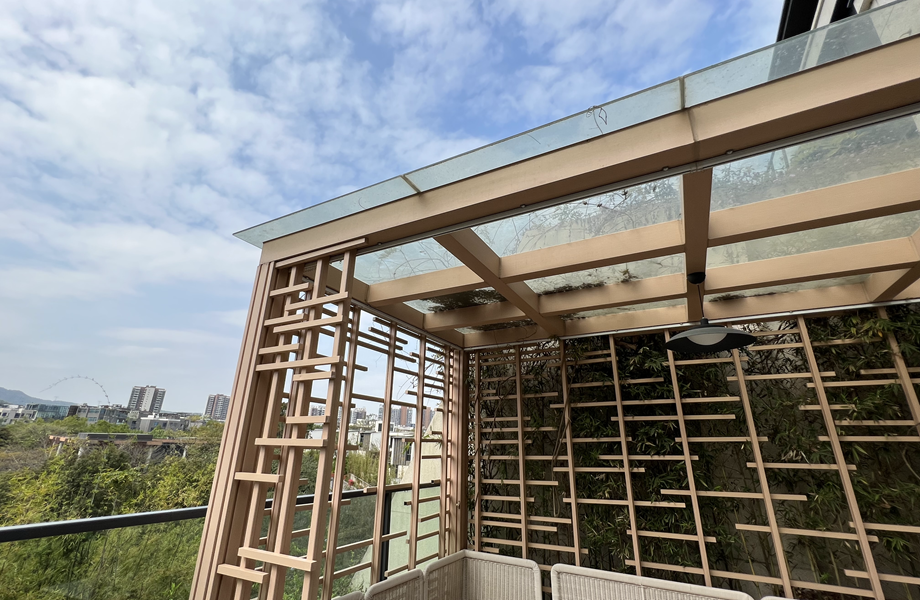
All overhead glass must be of safety glass, including all overhead features, such as skylight, glass canopy and ceiling, glass roof, glass railings, glass facades, and glass arches.
British Standard BS 5516 Part 2 specifies that tempered or laminated glass may be used below 5m from the ground. Between 5 meters and 13 meters above the ground, the thickness of the tempered glass shall not exceed 6 mm and the area shall not exceed 3 square meters, otherwise the specified laminated glass must be used.
This is because, if the tempered glass above is broken for any reason, small debris falling from 13m or higher may cause significant harm to anyone who is unfortunately standing below.
Glass Floor
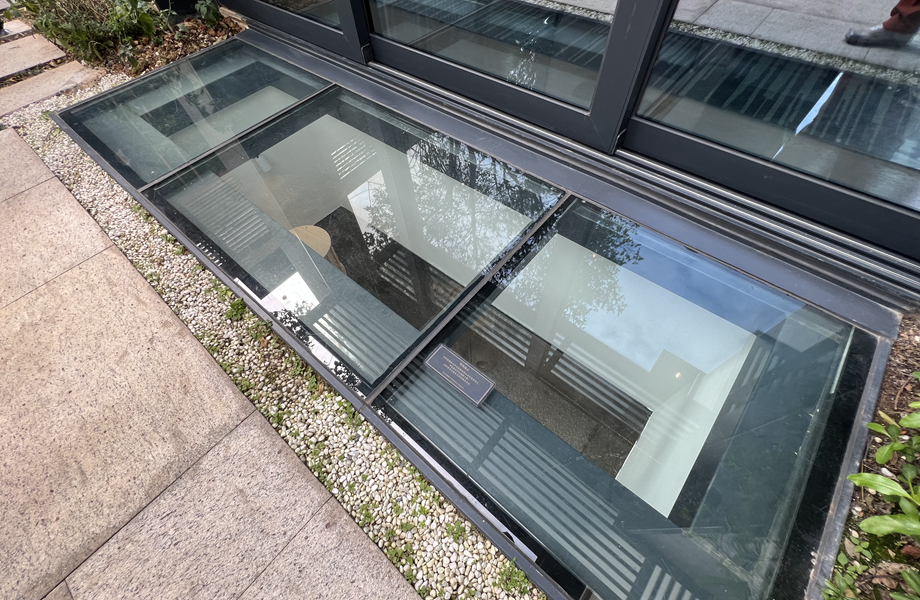
Glass floor is almost always built with a kind of laminated glass, or the use of laminated hollow composite glass products for glass floor, safe and beautiful.
Glass Partition
All glass partitions must be built with safety glass, whether it is tempered glass or laminated glass, using glass as a partition can achieve maximum lighting, with ordinary solid walls and partition wall space dark, leading to the need to install artificial lighting, which may cost more electricity to illuminate. If a privacy partition is required, KXG can also provide customized pattern glass and frosted glass and other glass products as a partition.
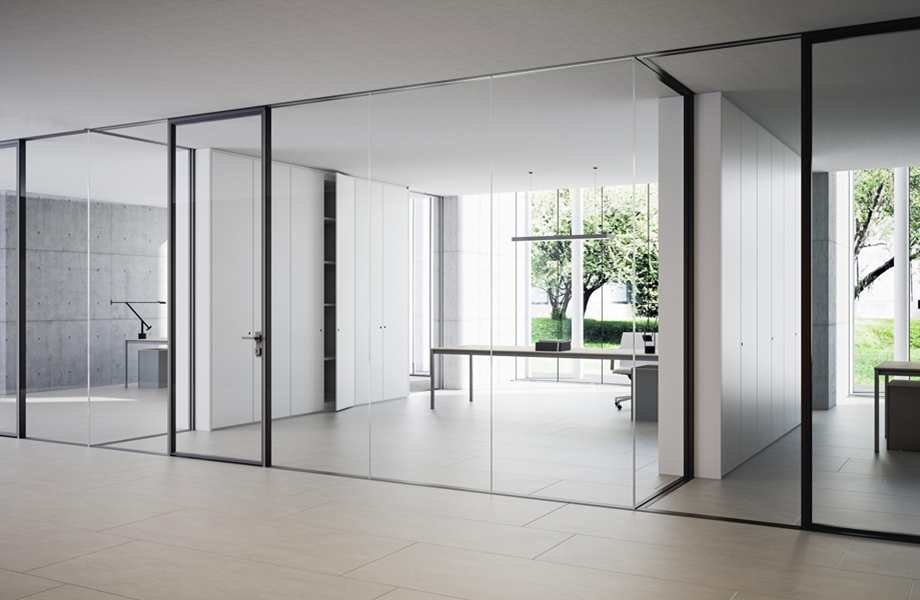
The KXG factory produces its own laminated glass, which means we can provide high quality products and fast lead times. Learn more about our laminated glass in here.


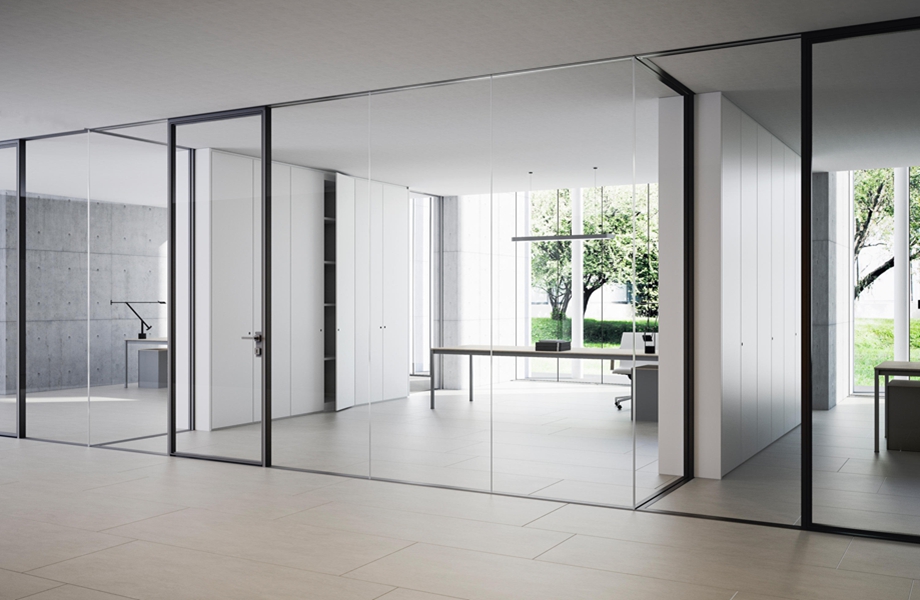
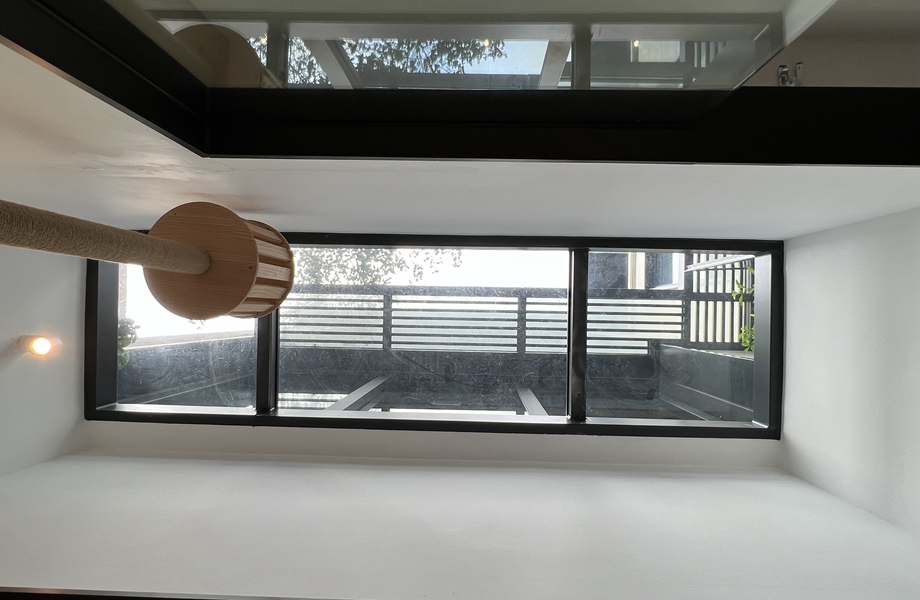
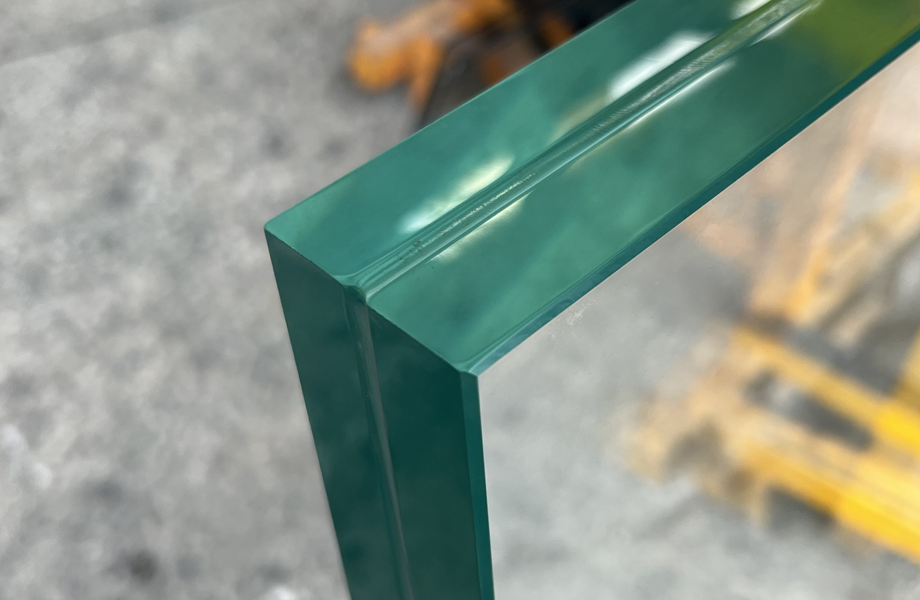
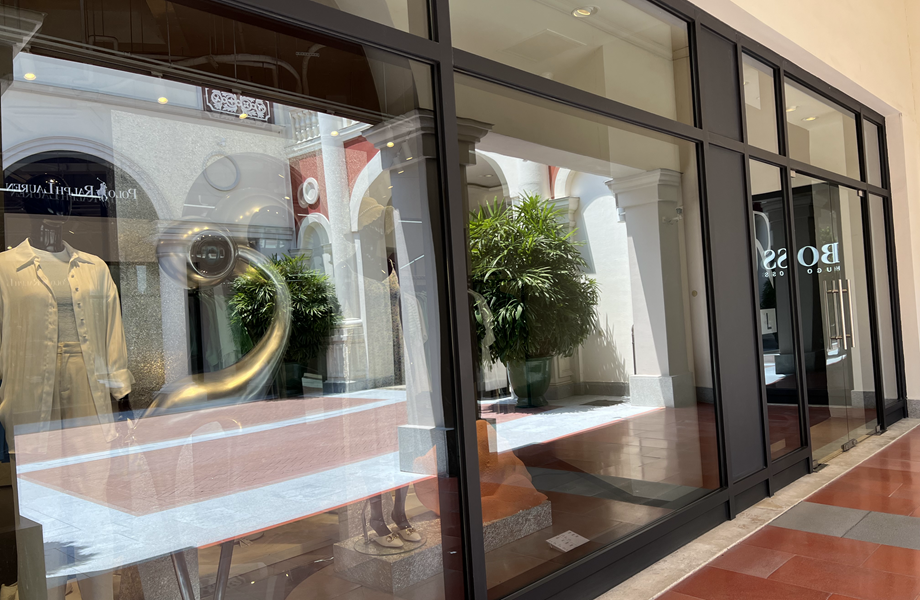
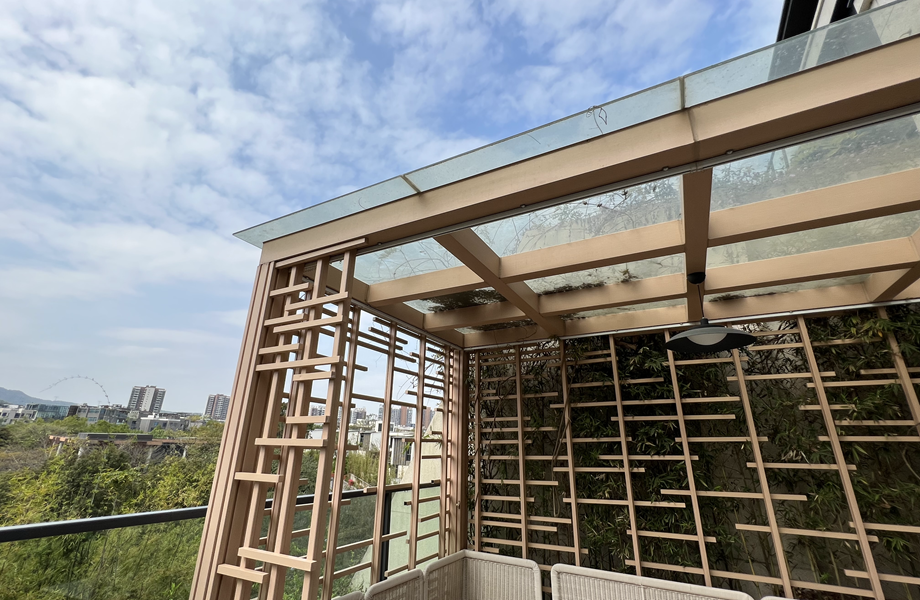
.jpg)
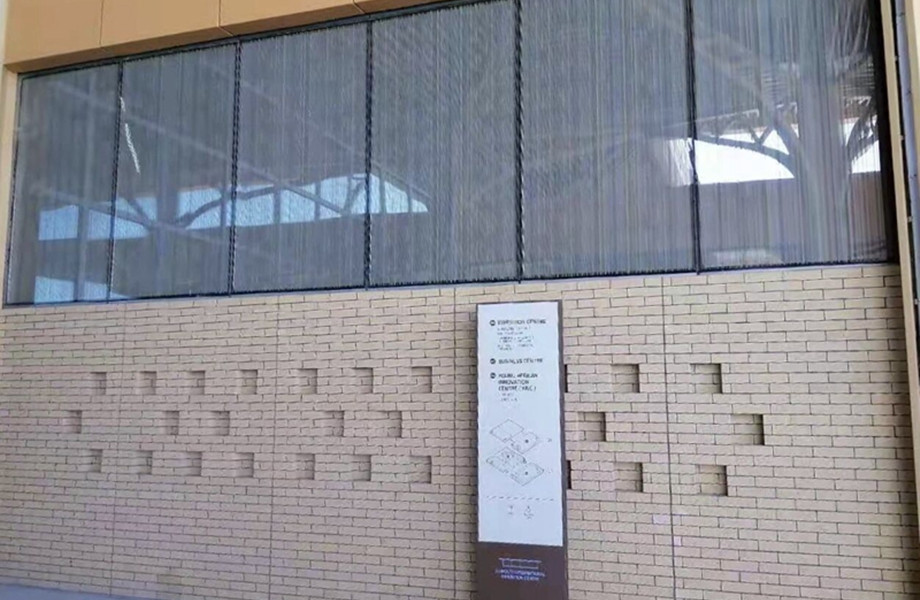

.jpg)
.jpg)
.png)
.png)
.png)
.jpg)
.jpg)